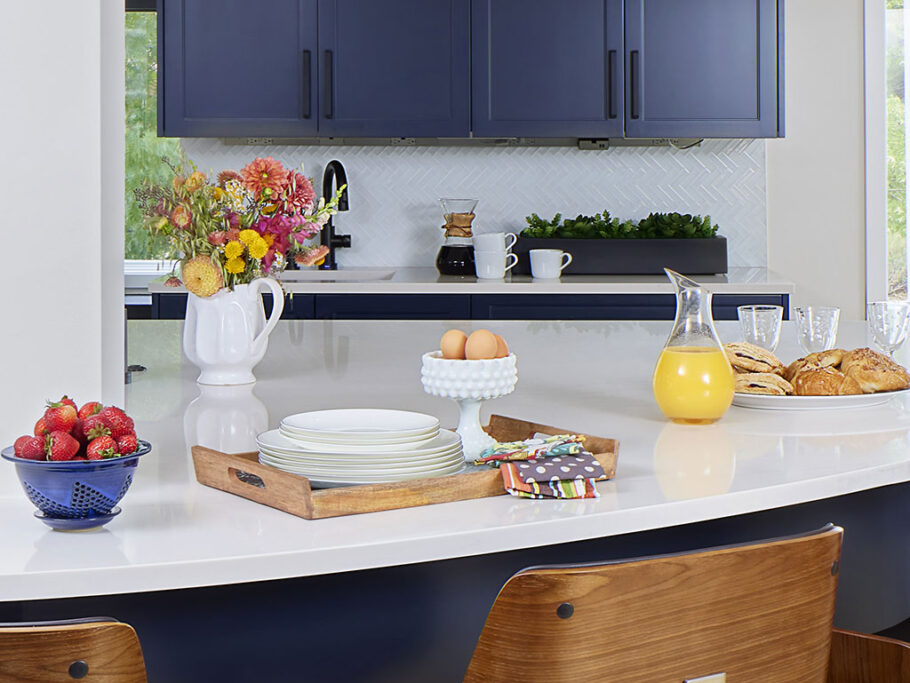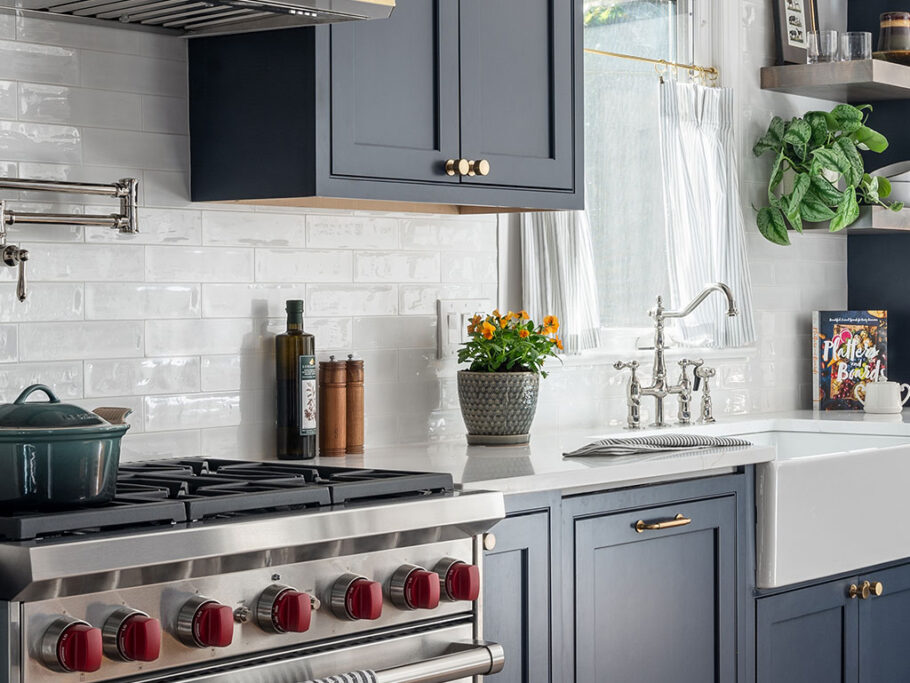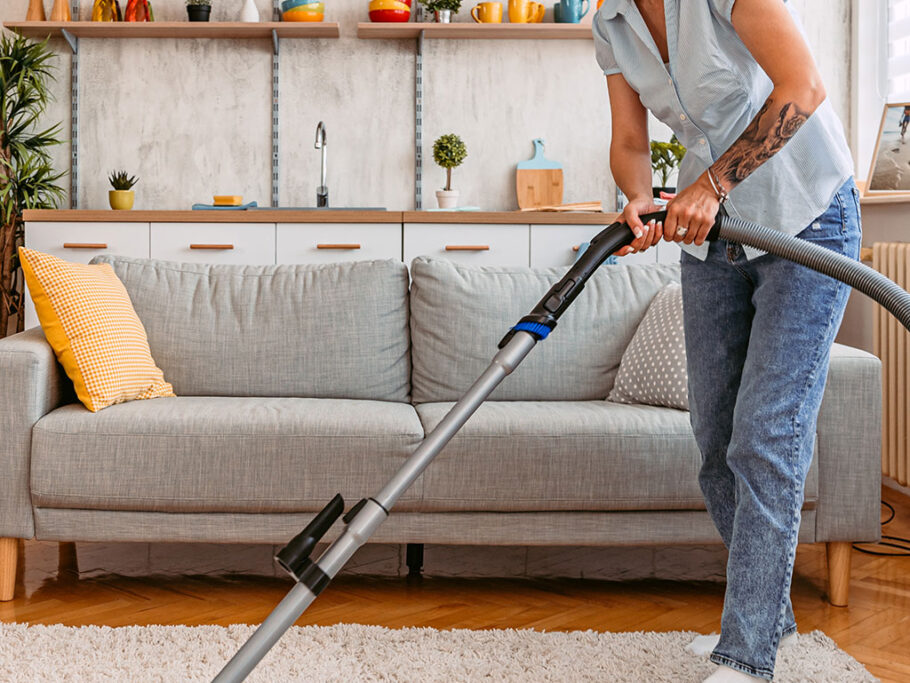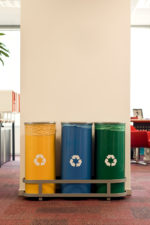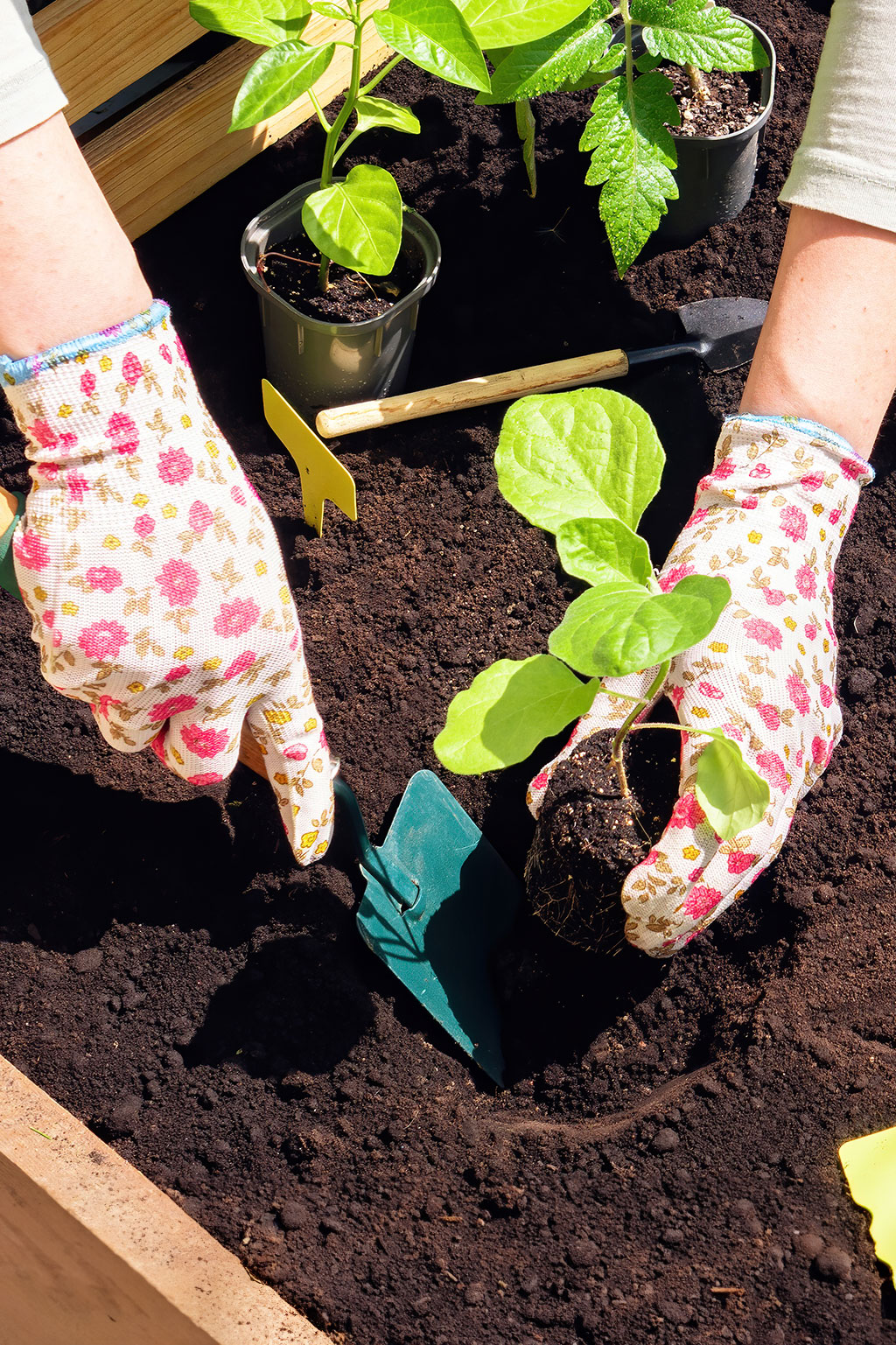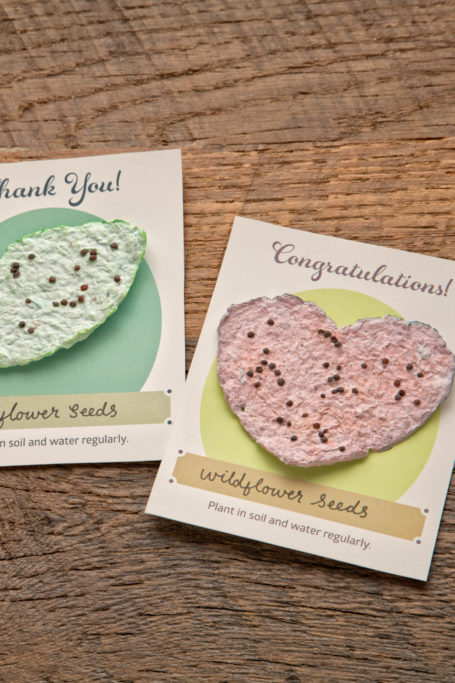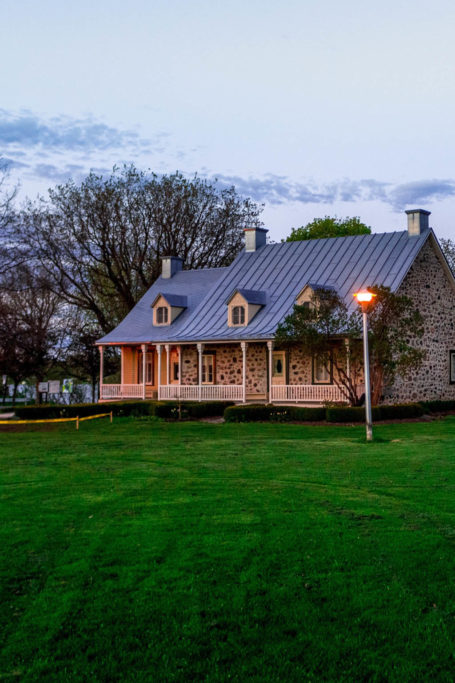Create Your Dream Spring Garden
If you’ve always wanted to cultivate your very own green oasis, March is an ideal time to kick-start your plans.
Whether you aim to nurture beautiful flowers in containers or cultivate veggies in your backyard, you can achieve your green-thumb goals with these tips.
Determine what and when to plant
For most novice gardeners, the easiest avenue to take may be planting outdoors; beginning indoors generally requires more time and effort along with additional supplies like seed-starting trays and grow lights. Naturally, this method will require you to consider your location and climate when selecting your crops and deciding when to put them in soil. Two of the best indicators to look into are your area’s planting zone—a geographic region defined by its average annual minimum winter temperature—and its last frost date. The former can help you assess which plants may thrive best year-round, while the latter will tell you when it’s safe to start certain seeds or seedlings outdoors.
For instance, cold-hardy crops like lettuce and carrots can be planted weeks before said date, but you should hold off on warm-weather ones like cucumbers and eggplants until temperatures are consistently above 55 degrees. Consult with your local gardening center or various online resources for guidance on what options make the most sense for you and your area; the Old Farmer’s Almanac website offers a great regional planting calendar for produce in particular. (Or check out the downloadable veggie cheat sheet below!) And if it turns out your spring planting season isn’t here yet, you can use this time to make a game plan for launching your garden when the weather warms up.
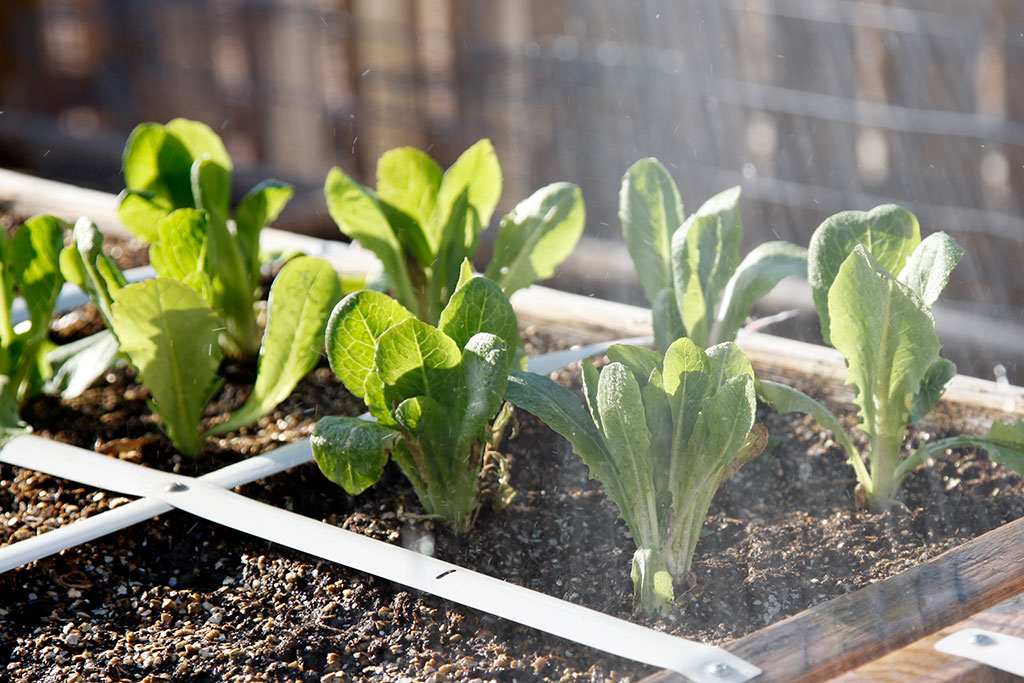
Get your supplies
Gardening requires some supplies, but you’ll likely only need a few at first; you can always expand your collection later as you develop your skills and hone your preferences.
Tools
A round-point shovel is vital for starting a simple garden plot, while a hand trowel will come in handy for getting your seeds or seedlings into the dirt. Further, you’ll need some compost and either a garden hose or a watering can to keep your plants fed and hydrated. And though not essential, you may also want to acquire some protective gear, such as gloves to safeguard your hands from scratches, a hat to shield you from the sun, and bug repellent to ward off insects.
Containers
If going the container route, you have plenty of options to choose from, including terra-cotta or resin pots and eco-friendly fabric grow bags. Be sure to select a decently large vessel that offers ample drainage to help mitigate overwatering and prevent root rot.
Seeds or plants
Depending on a variety of factors, you may want to buy either seeds or ready-to-plant seedlings. For instance, it may make the most sense to use seeds—which tend to be less expensive—for crops that grow very quickly, like zinnias, and seedlings for ones that take more time to mature, like tomatoes. Seedlings are also a great option if you get started late in the season since they will produce fruit far more quickly than seeds will.
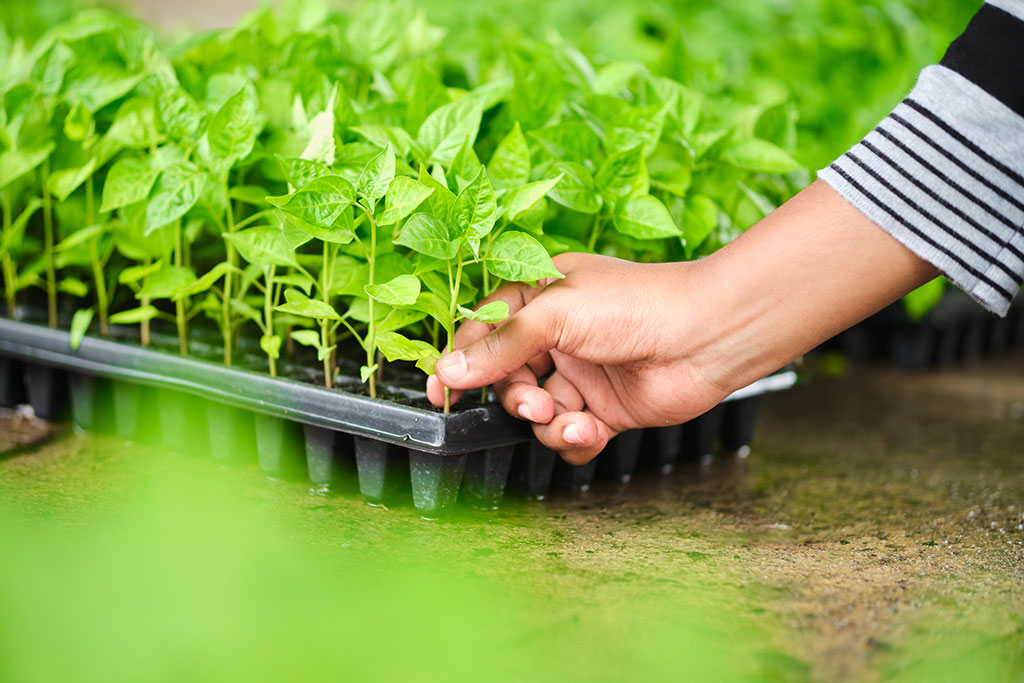
Prepare your garden
Once you have your supplies, start preparing your garden beds or containers. For both, choose a location that gets the amount of sun or shade needed for what you want to plant; most vegetable and flower gardens require at least four hours of sunlight. You can check your seeds’ packaging or seedlings’ pots or look online for each plant’s sunlight specifications.
To create a garden plot, you’ll need to clear away debris like twigs and rocks and dig up any existing grass, weeds, or other plantings. Use your shovel to loosen the soil to a depth of at least eight inches, which will give the roots ample room to grow as well as access to air and water. Then work in a four-to-eight-inch layer of compost to add essential nutrients. As for a container garden, the preparation process is much simpler: in most cases, you simply need to fill your vessel nearly to the top with fresh potting mix.

Start planting
Now that your soil is ready, you can start digging! Plant your seeds according to their directions, which should specify how deep and how far apart from each other they should be placed. Similarly, the tags for your seedlings should indicate how big a hole they’ll need; you’ll also want to use your fingers to gently untangle their roots and encourage growth. Finish by lightly covering the seeds or seedlings with dirt and watering them carefully.
How often you’ll need to water your new garden during the season will depend on factors like the amount of precipitation your region gets and your soil. In general, though, be sure to do so at least one to three times a week; wilting leaves or flowers or dirt that feels dry to the touch will signal that your plants are thirsty.

As your garden takes root, you’ll be amazed at how quickly it flourishes—before you know it, you may find yourself rewarded with a bounty of fresh produce or vibrant blooms you can enjoy for weeks to come.



